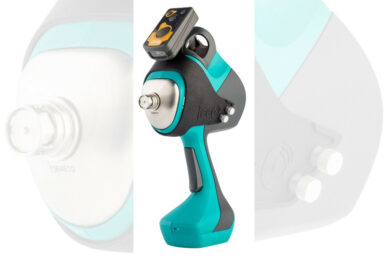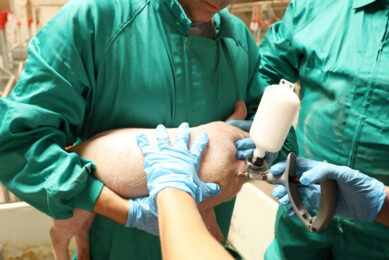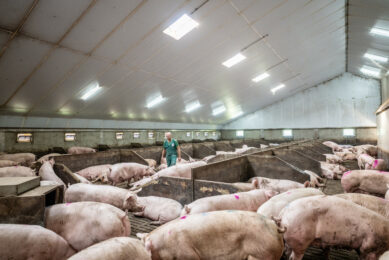A PRRS vaccination strategy to create PRRS-negative growers/gilts in SPF herds (re)infected with PRRS
PRRS infections still lead to severe economic losses in the pig industry (1). It is possible to create PRRS-negative farms by depopulation and repopulation with negative piglets and gilts from PRRS-free farms. Despite stringent hygienic procedures on these farms, it is difficult to keep them PRRS-free in pig dense countries like the Netherlands. Between Febr-2006 and May-2008, 5 farms in the Netherlands became PRRS-free by depopulation and repopulation with SPF- pigs or by introducing SPF pigs in a new farm, and all of them became infected after 6 to 22 months.
The PRRS-infection-route could not always be identified. Therefore, farmers choose to produce PRRS-negative growers and gilts via a system of vaccination together with testing and optimization of biosecurity. Vaccination of piglets was ceased as soon as there could not be detected PRRS-fields virus anymore in the outflow (by serological and virological tests).
A conventional boar-producing farm followed the same strategy. The chosen PRRS vaccine (PorcilisR PRRS) reduces vertical transmission and reduces virus circulation in the population following vaccination [Ro <1] (3, 4). Furthermore, to reduce the risk of transmission between pigs by needle injection, a needleless vaccination system was used (IDALR, intra dermal applicator of liquids, Intervet/Schering-Plough animal health). The vaccine had already been effective in eradicating PRRS from farms(5).
Geertjan van Groenland1 Toine Cruijsen2 Victor Geurts2
1. TOPIGS S&D, Helvoirt, Netherlands;
2. Intervet-Shering Plough, Boxmeer, Netherlands
For full presentation see attached pdf:











